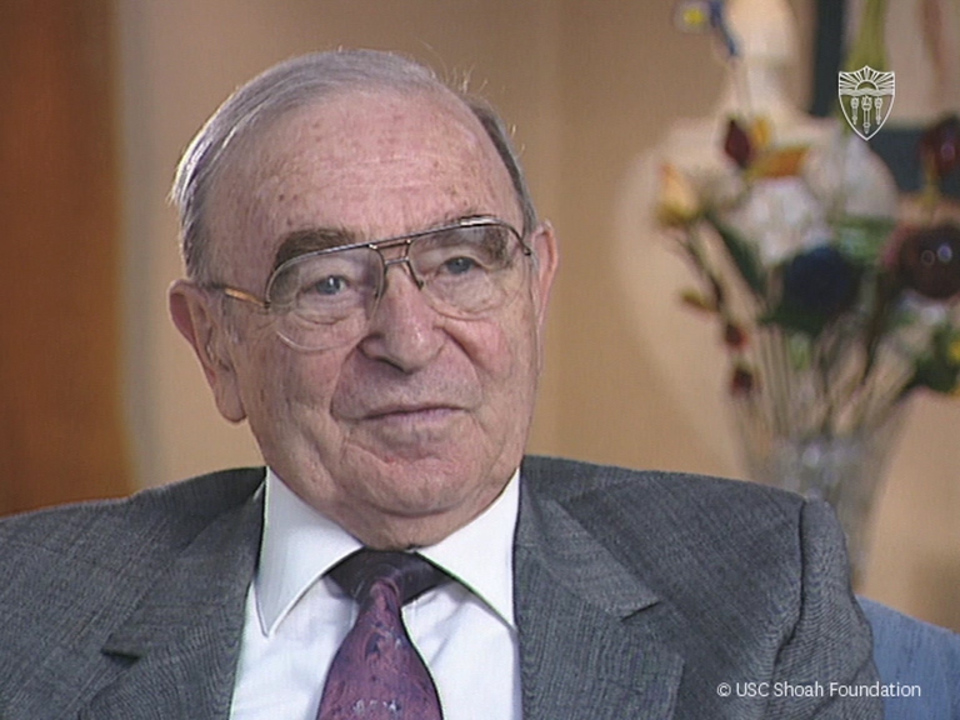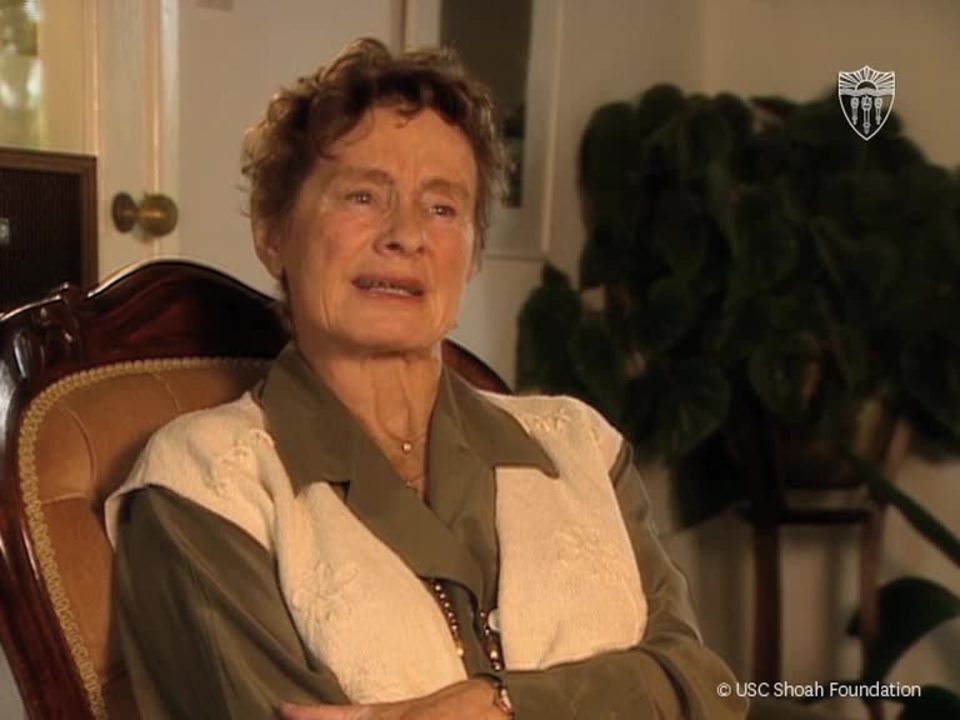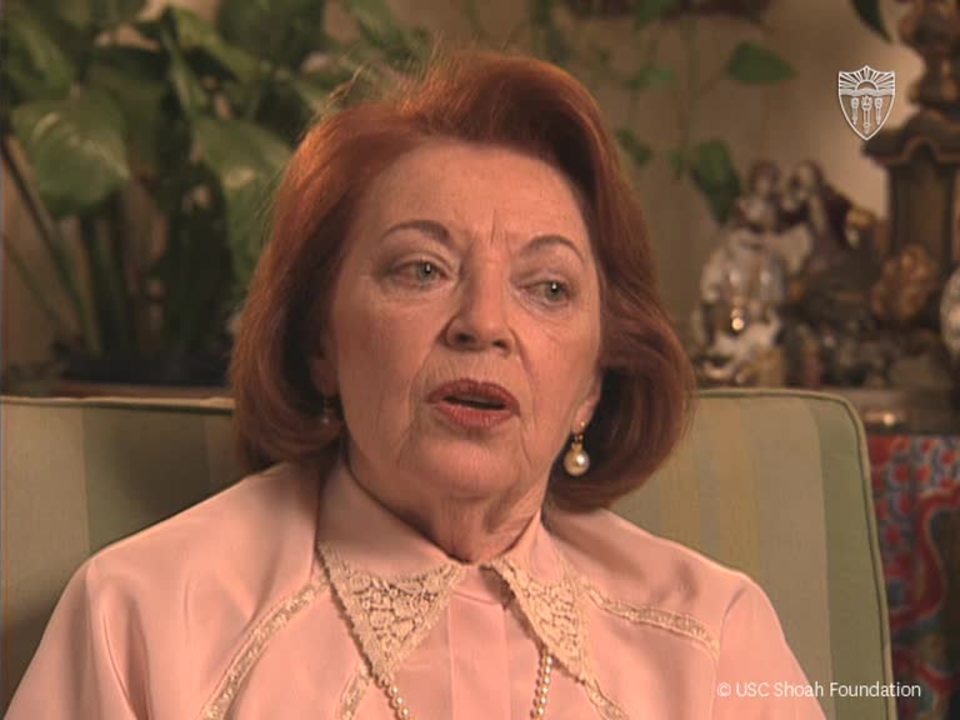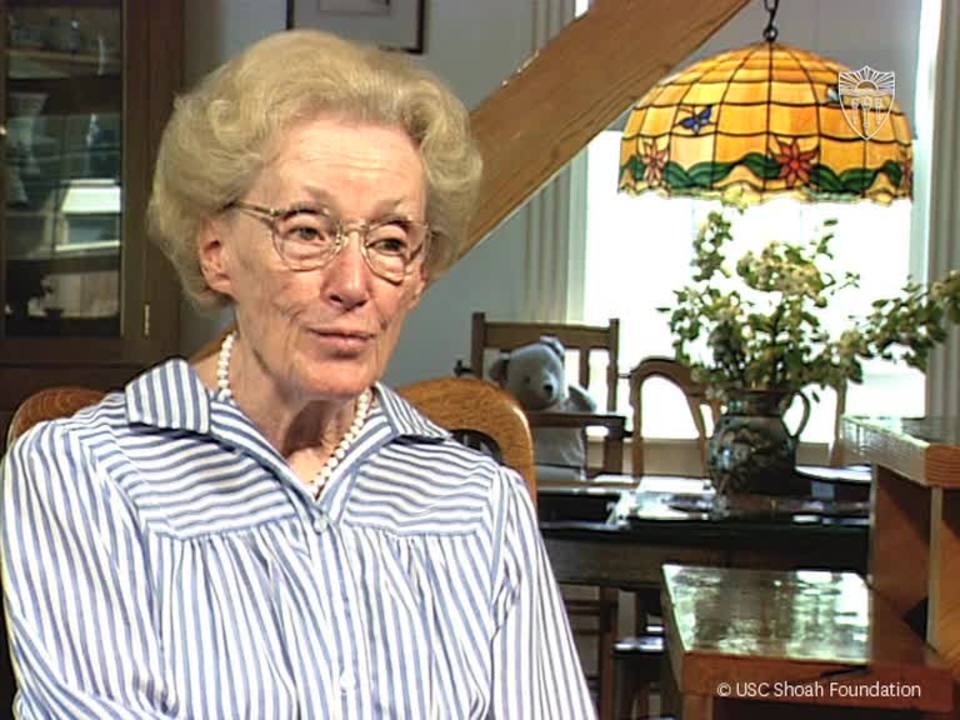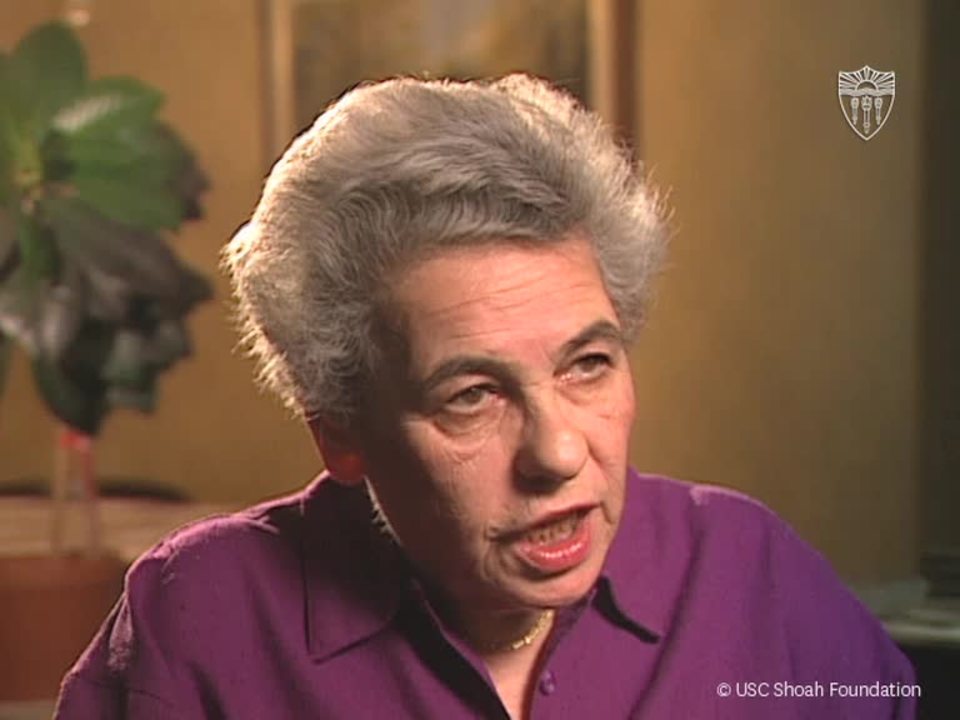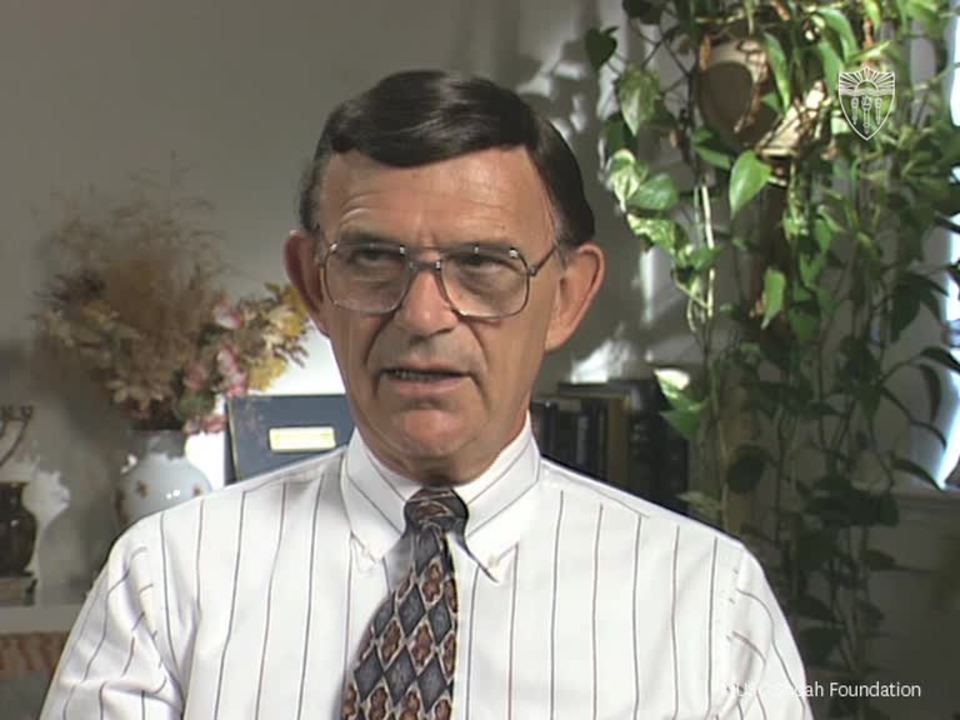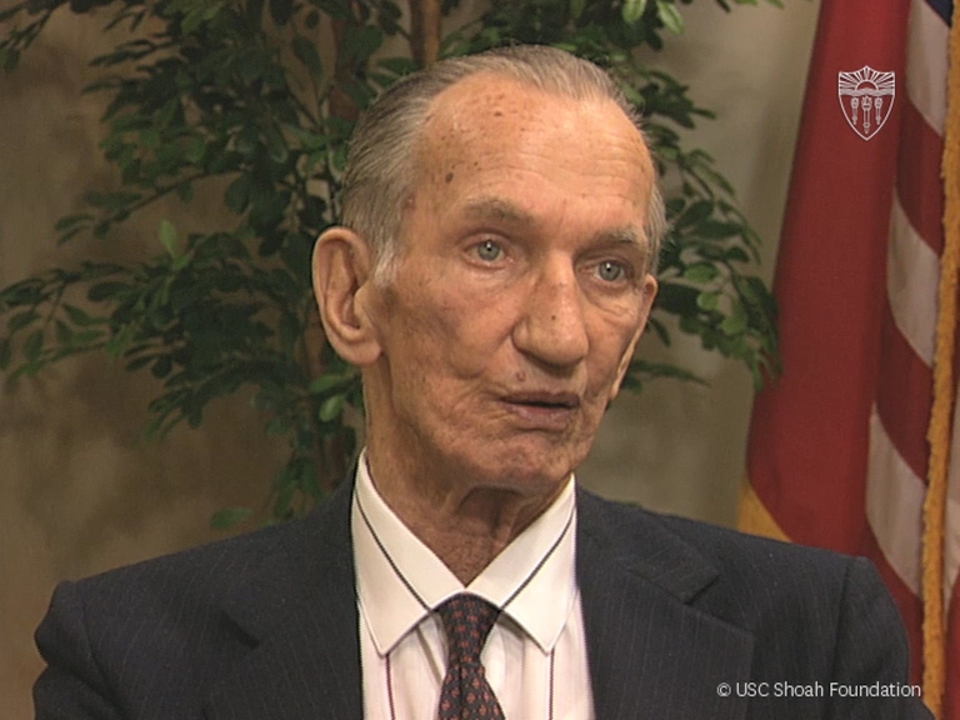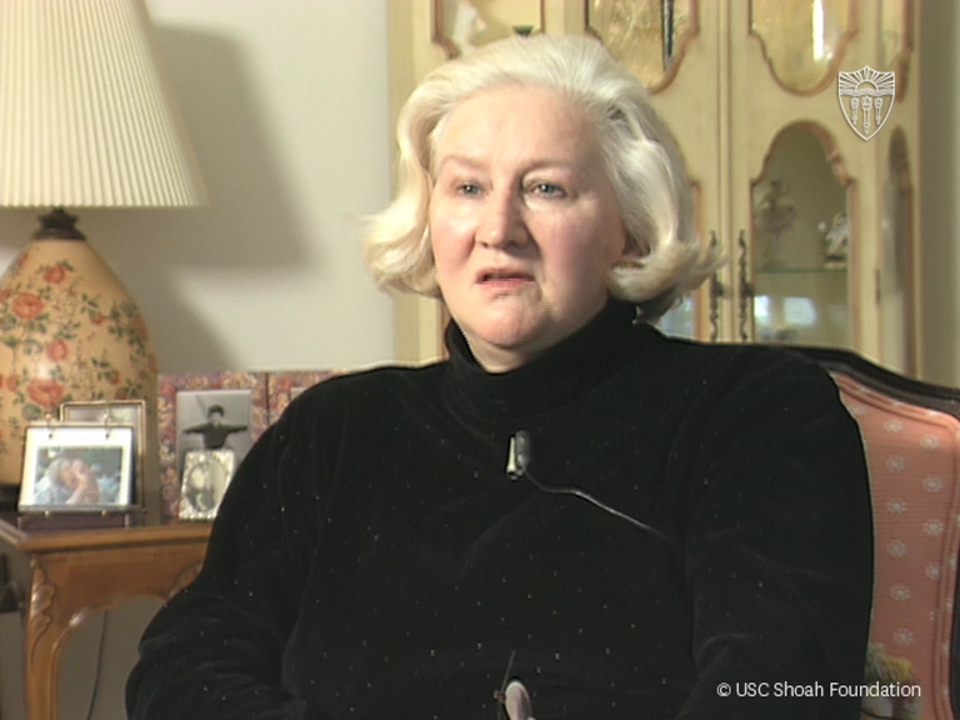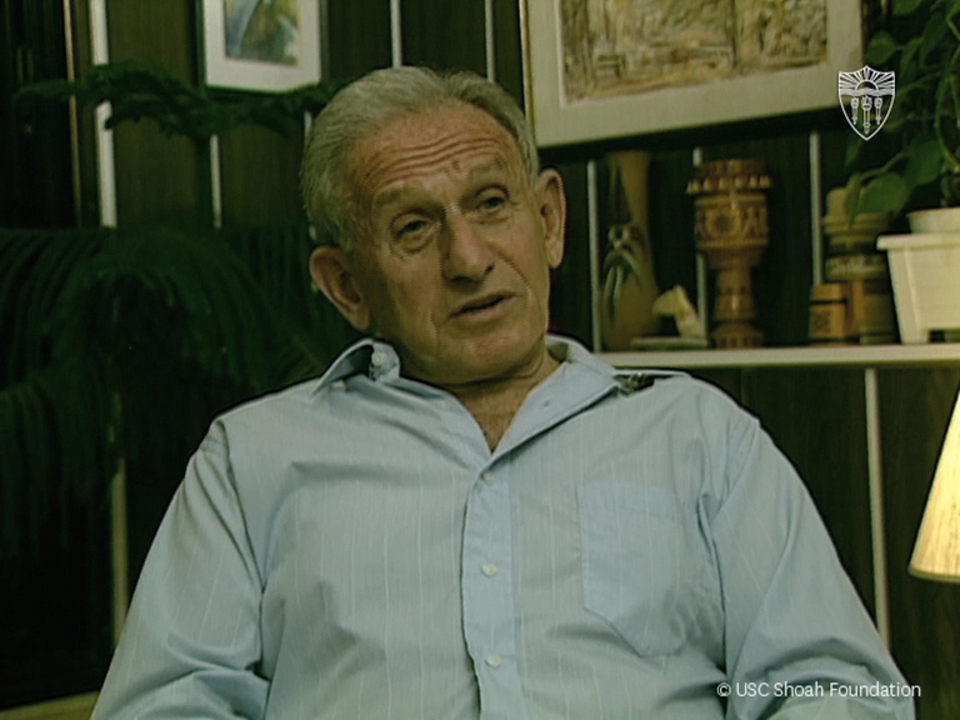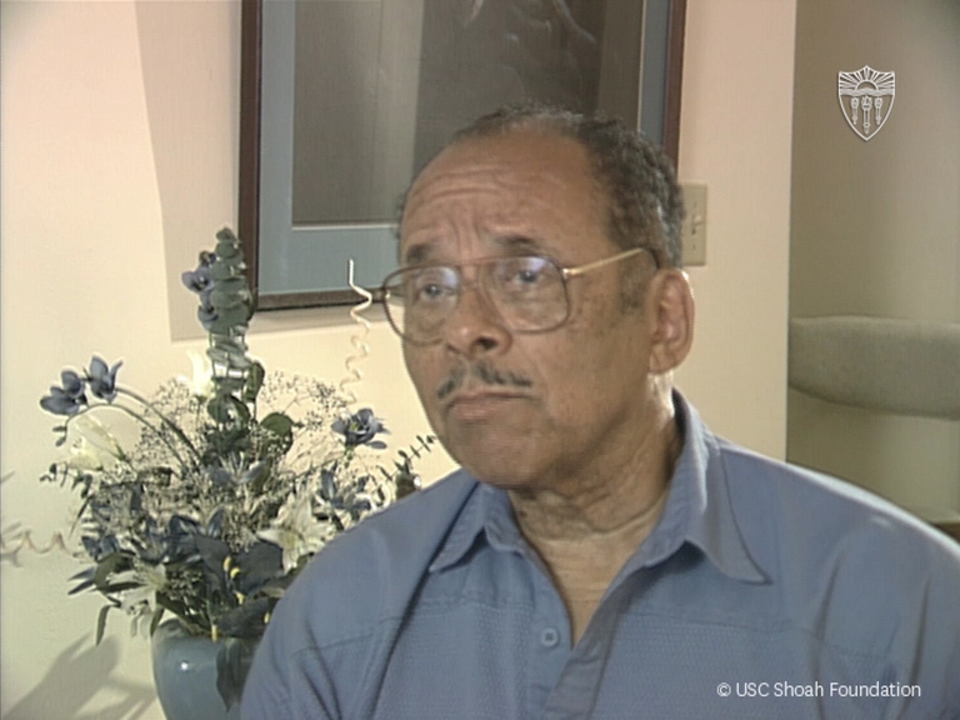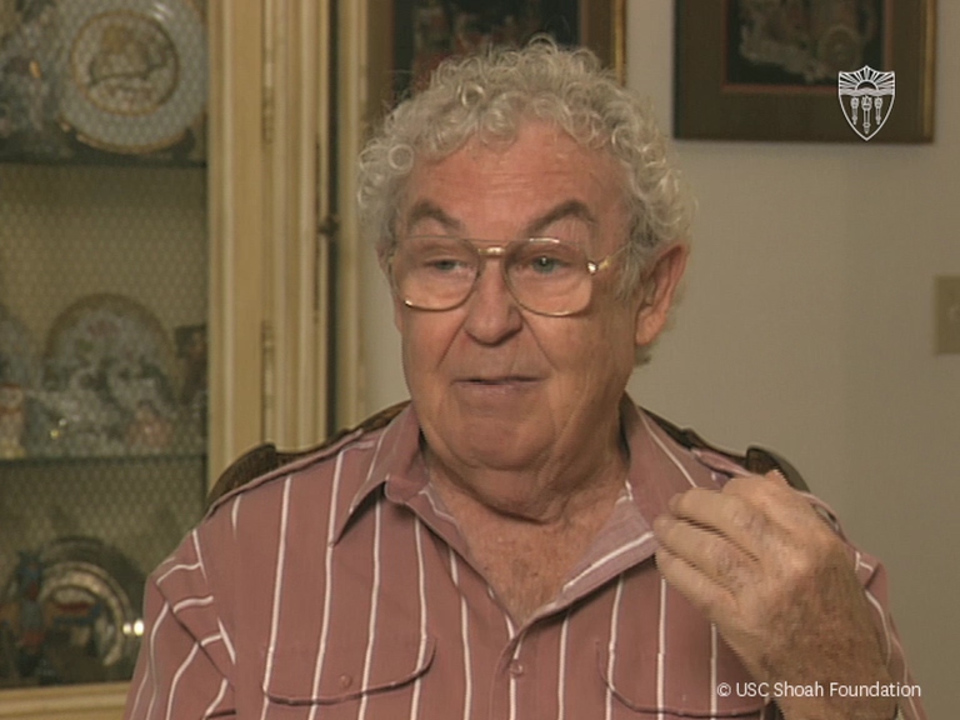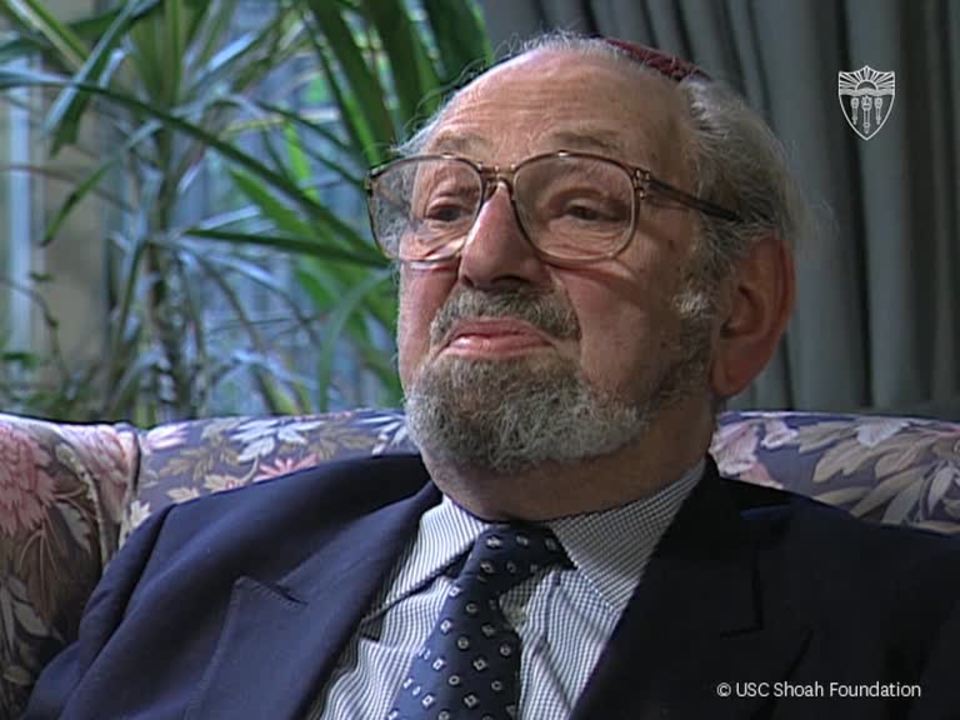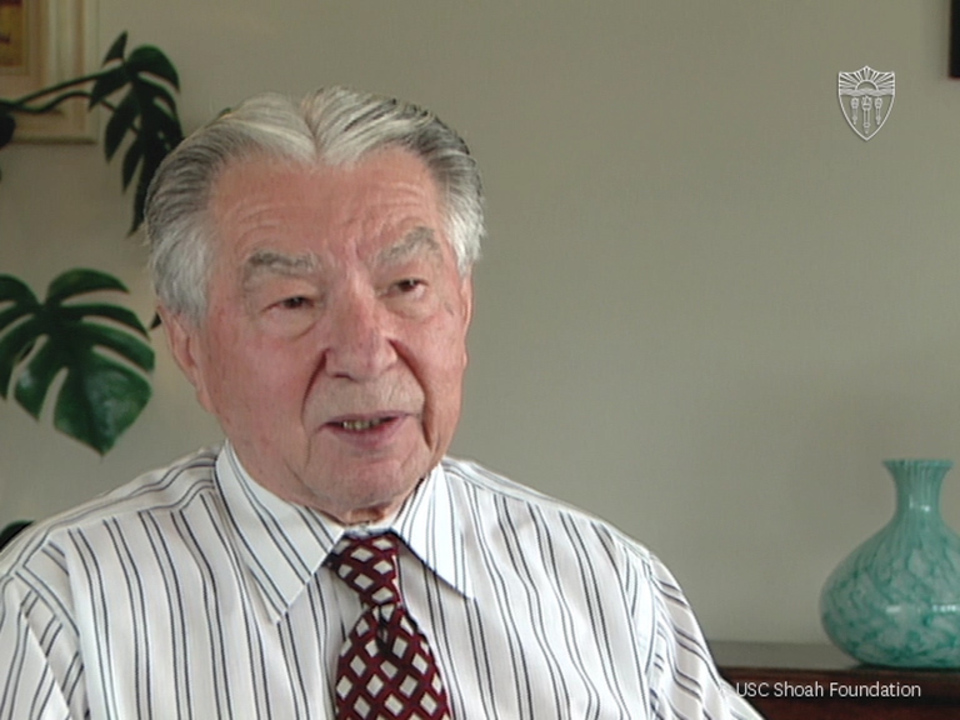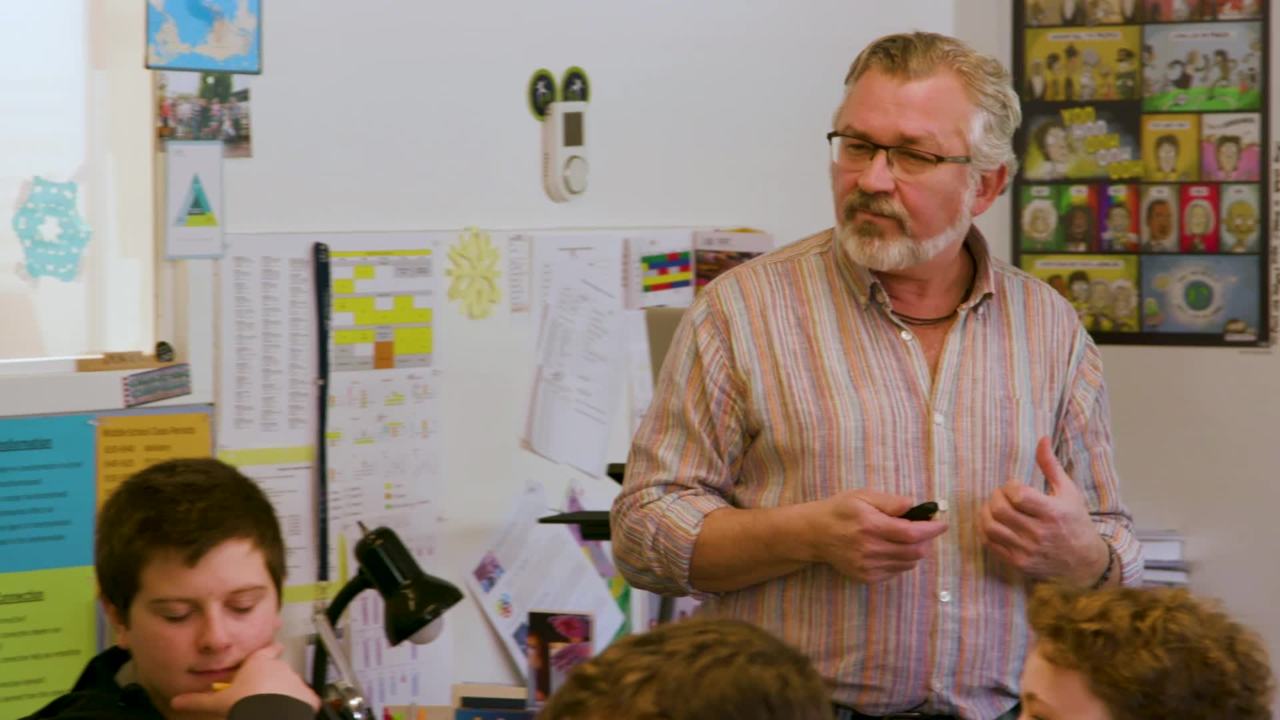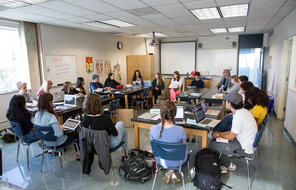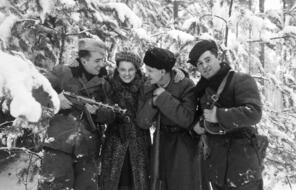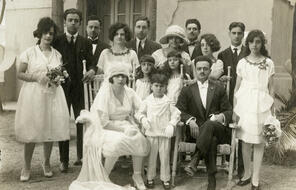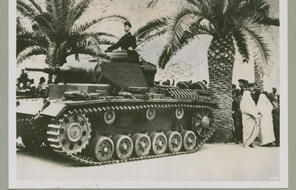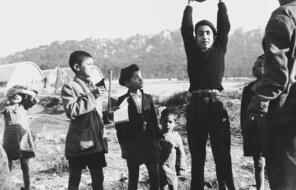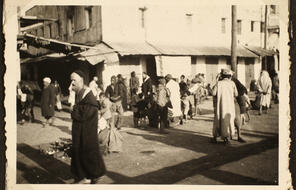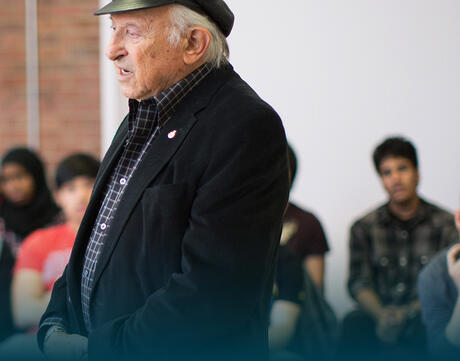
Survivors and Witnesses: Video Testimony
Resources
19Subject
- History
- Social Studies
Grade
6–12Language
English — USPublished
Updated
Overview
About This Collection
This collection features powerful accounts of the Holocaust, told by survivors, rescuers, and witnesses, selected from USC Shoah Foundation’s Visual History Archive. The videos are divided into three sections: The Nazis in Power: Voices in Europe, The Holocaust, and After the Holocaust.
See our Teaching with Testimony collection for additional context and guidance on bringing video testimony from this collection into your classroom.
Preparing to Teach
Teaching Notes
Many teachers want their students to practice emotional engagement with the history of the Holocaust and therefore teach this history with the goal of fostering empathy. However, the resources in this collection, like any examination of the Holocaust, include historical descriptions and firsthand accounts that some students may find emotionally challenging and need to be taught with intention and care. We recommend that you consider the following suggestions as you plan and implement your curriculum.
Inside this Collection
Additional Resources
Resources from Other Organizations
Special Thanks
The video testimony in this collection is from the USC Shoah Foundation—The Institute for Visual History and Education.
Unlimited Access to Learning. More Added Every Month.
Facing History & Ourselves is designed for educators who want to help students explore identity, think critically, grow emotionally, act ethically, and participate in civic life. It’s hard work, so we’ve developed some go-to professional learning opportunities to help you along the way.
Exploring ELA Text Selection with Julia Torres
On-Demand

Working for Justice, Equity and Civic Agency in Our Schools: A Conversation with Clint Smith
On-Demand

Centering Student Voices to Build Community and Agency
On-Demand




